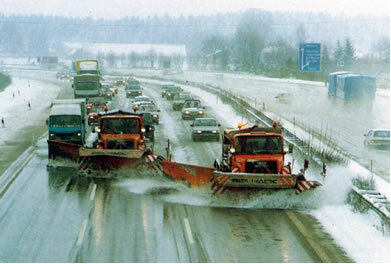If there was a family tree of Chemistry, it would be based on the image above. As we see, this science has branches that study organic and inorganic compounds. Let's look at each of these areas in particular:
Analytical chemistry: as the name shows, this area is reserved for laboratory analysis. There are two possible types of analysis, qualitative and quantitative. The first analyzes the substances that are present in a mixture, and the last determines the amount of such substances in the process. For the procedure, several instruments are used, such as pH indicator solutions.
Biochemistry: specialized science in living organisms, it addresses the chemical reactions that take place in the organic and molecular scope. Example: the study involves reactions that occur in living beings during digestion, metabolism, breathing, etc. Such organisms cannot be seen with the naked eye, which is why this type of analysis is done with the help of microscopes.
Biotechnology: new science that combines with chemistry to create more resistant vegetables, genetically modified animals, cure for diseases, etc. It consists in the application of biochemistry to modify the genetic material of flora and fauna.
Both Biochemistry and Biotechnology are areas that also require biological knowledge to be carried out.
Now let's talk about the more traditional areas of Chemistry, they even make up the subject contents of Chemistry, applied in the educational sphere.
Inorganic chemistry: area of chemistry for the study of inorganic substances such as minerals, salts, silicates, etc. It is a science that addresses many compounds, with the exception of those that contain carbon in the composition.
Organic chemistry: now, let's deal with the study focused on carbon compounds. Organic deals specifically with substances that contain the element Carbon (C) in the composition, and every day, with the constant discoveries, the number of members of this class becomes greater.
Physicochemical: involves understanding chemical reactions, studying in detail how and why they occur. This area is reserved for analyzing the physical and behavioral properties of substances in the process.
Do not stop now... There's more after the advertising ;)
By Líria Alves
Graduated in Chemistry
Brazil School Team
Chemistry Curiosities - Chemistry - Brazil School
Would you like to reference this text in a school or academic work? Look:
SOUZA, Líria Alves de. "Chemistry Family Tree"; Brazil School. Available in: https://brasilescola.uol.com.br/quimica/arvore-genealogica-quimica.htm. Accessed on June 28, 2021.

